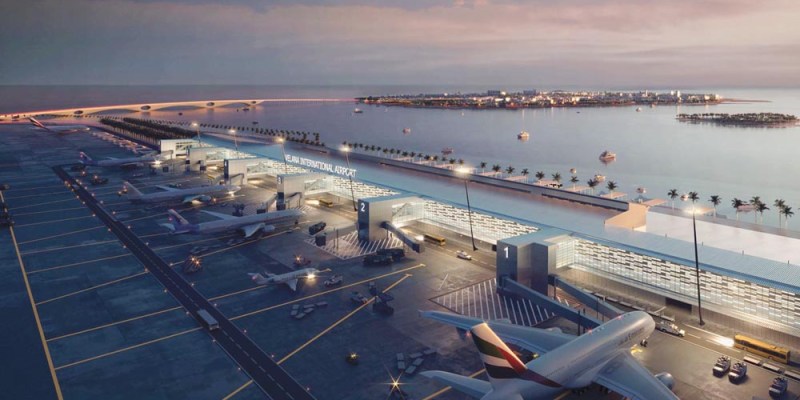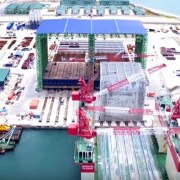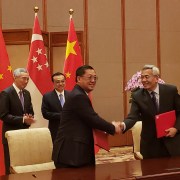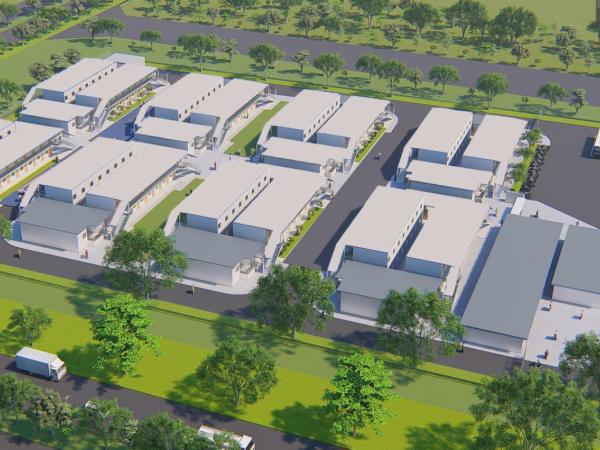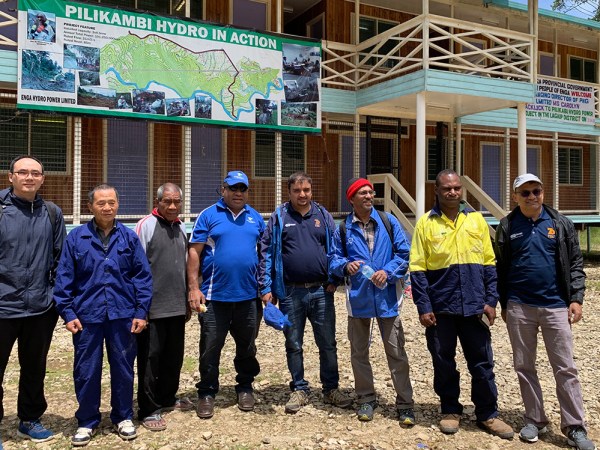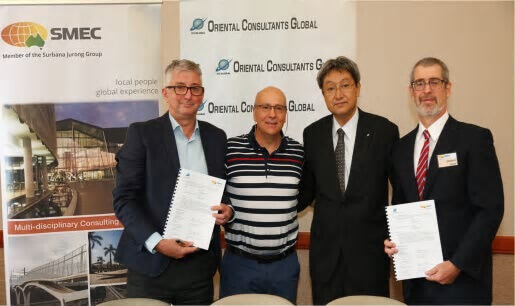As the project management consultant for the expansion of the Maldives’ Velana International Airport expansion since 2015, Surbana Jurong has been supporting the country’s efforts to improve its connectivity as an international destination, as the Maldives continues to strengthen its reputation as a world-renowned resort destination.
Behind the airport’s expansion plan
Managed and operated by Maldives Airports Company Limited (MACL), Velana International Airport (also known as Malé International Airport) is the main international airport of the Maldives, located in Hulhule Island in the north central region of the country. It handles international passenger traffic of 2.4 million passengers annually, a number forecast to increase to 7.3 million by 2030.
While the existing terminal building has gone through prior expansion exercises, the airport continues to face constraints due to increasing and projected growth in air traffic and passenger numbers. Hence, a master plan was developed, drawing out both short- and medium-term development plans. A new runway, additional apron space and a brand new international passenger terminal are some of the development works required as part of the short-term plan.
Surbana Jurong takes on expanded role
Impressed with Surbana Jurong’s professionalism and capabilities from the onset of the tendering process, MACL expanded the team’s role to become the overall project management consultant for two main development projects: airside redevelopment works and expansion of the passenger terminal building. On behalf of MACL, Surbana Jurong manages the multiple contractors and builders working on the project, and is also deeply involved in the design review process and construction supervision.
Key development works include:
Airside Redevelopment works
- Construction of Code-F runway
- Conversion of existing runway to taxiway
- New cargo terminal
- New fuel farm
- Ancillary buildings
Expansion of Passenger Terminal building
- New international passenger building and utilities (Including new sea plane terminal’s check-in hall)
- Landside land reclamation works
- Landside road and landscape works
- Demolition of existing terminal pier
- New covered passenger jetties and sheltered walkways.
Overcoming challenges
The complexity of interface work between the two major development projects, and other smaller projects running concurrently, are among the challenges posed by the project.
The key challenge on site is the lack of physical space, which has resulted in densely arranged facilities which must be shifted or demobilised to allow the main construction works to begin. MACL required significant support to facilitate site clearance and the proper sequencing of works on site. One of the key facilities to be moved was one of the existing sea plane terminals, which has a large throughput of passengers and operates on a just-in-time schedule.
With Surbana Jurong’s experienced project management team on site, issues were resolved through the close control and coordination of concurrent activities in a timely manner. The team also worked through the issues professionally for the benefit of all parties in order for construction to commence.
Due to the undertaking of massive construction works within an operational airport space, another major challenge was to ensure no compromise on safety of aircraft operations and construction works. The project also presented unique challenges not seen in other airports. For example, being sited on an island, all construction materials (and labour) have to arrive by boat – a suitable landing site had to be constructed for materials to be shipped in and stored, without disruption to aircraft operations.
Surbana Jurong’s multi-national project management team comprises aviation experts with years of experience and deep expertise in managing international airport projects. Through a collaborative approach, the team is able to manage different stakeholders of diverse nationalities and backgrounds, bringing all parties together to ensure quality work is delivered on time, in accordance to international aviation’s best practices and standards.


